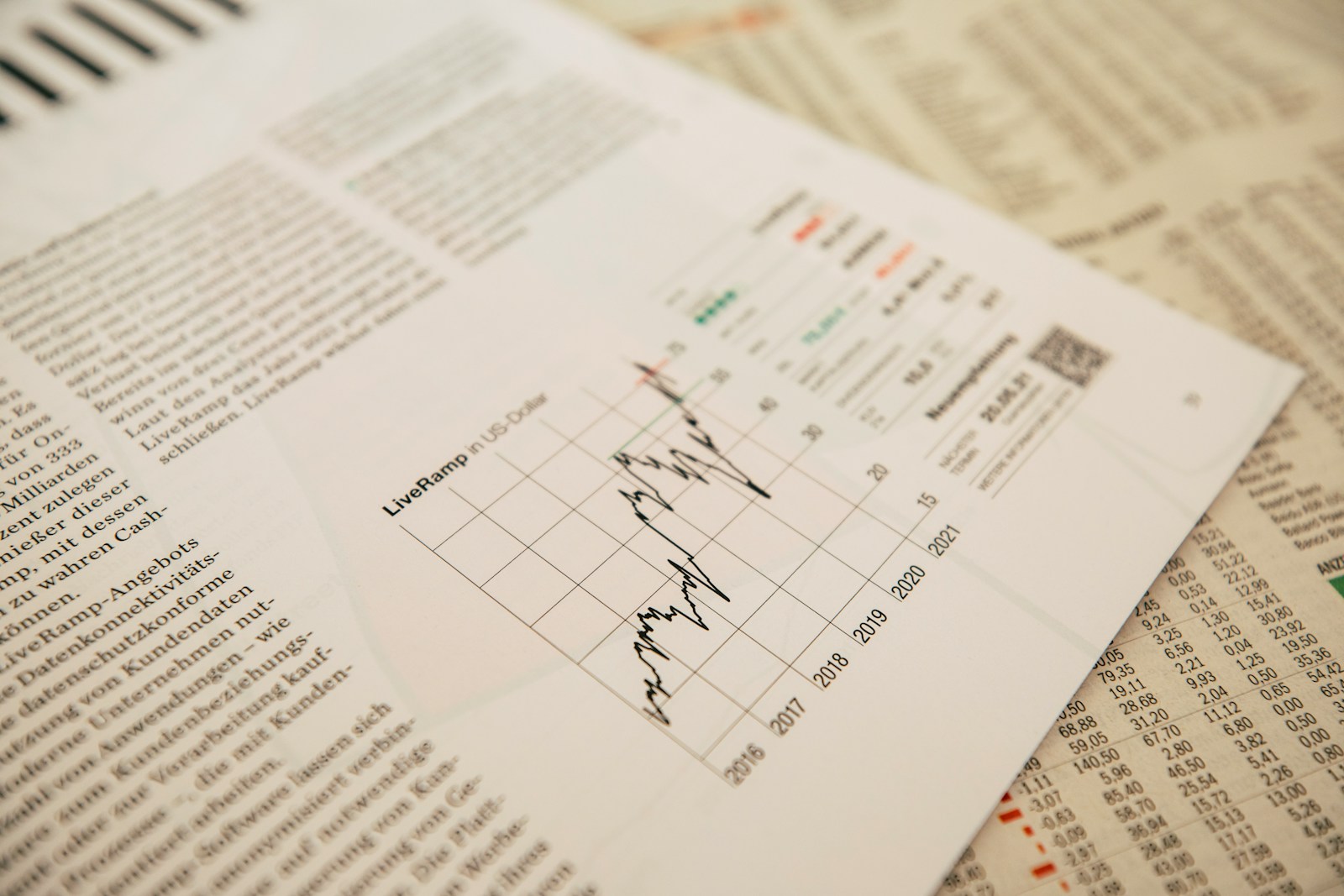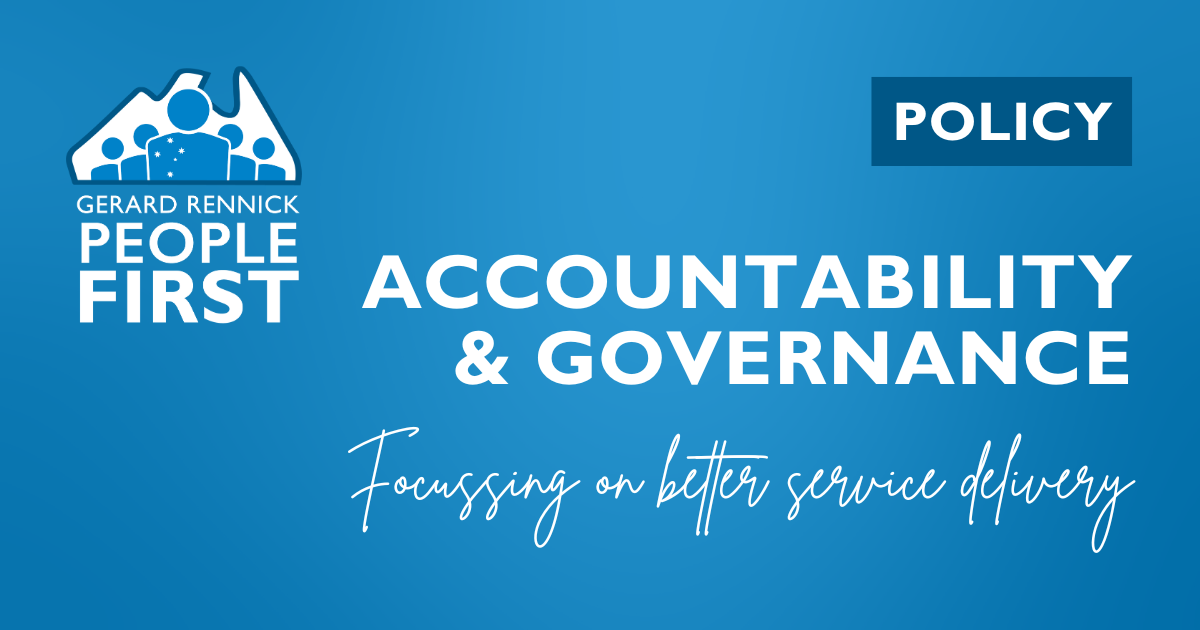Question Number: 129
PDR Number: SQ22-000157
Date Submitted: 24/02/2022
Department or Body: Department of Health
Question 163
Although some adverse events may go unreported, the extensive data received by the Therapeutic Goods Administration (TGA), together with our cooperative arrangements with international regulators, provides a high level of confidence in the TGA’s ability to rapidly identify and respond to safety signals. It is expected that the majority of unreported adverse events are for common and expected reactions.
Vaccination agreements struck between the Commonwealth and GPs providing vaccination services require a commitment from the GP to report all adverse events to the TGA. Furthermore, the TGA has extensively promoted adverse event reporting, and has provided greater access to reporting channels, such as through the NPS MedicineWise Adverse Medicine Events Line for consumers.
In addition to the TGA’s spontaneous adverse event reporting system, the Australian Government is running ‘active surveillance’ programs through AusVaxSafety whereby some people who receive COVID-19 vaccines (or their carers) will be sent follow-up SMS messages with a survey to ask if they have experienced any potential side effects. To 28 February 2022 over 6 million surveys had been completed.
Question 164
The frequency of adverse events is defined as:
o Very common: occurs in more than one in 10 (1:10) participants
o Common: occurs between 1:10 and 1:100 participants
o Uncommon: occurs between 1:100 and 1:1000 participants
o Rare: occurs between 1:1000 and 1:10,000 participants
o Very Rare: occurs in less than one in 10,000 participants.
The frequency of adverse events alone is not used as a measure of safety. The frequency, nature, and severity of adverse events are all considered in the context of the benefits of a medicine or vaccine to determine whether the product meets the TGA’s high standards for safety, efficacy and quality.
Question 187
When an adverse event report is made to the TGA the report is entered into the adverse event management system (AEMS) and the reporter is sent an acknowledgement letter via email (provided an email address is given). If an acknowledgement cannot be sent to the reporter, the report is still included in the AEMS.
All reports received by the TGA are entered into AEMS, and valid reports are accepted. For a report to be valid it must have four key data elements:
1. one or more identifiable reporter(s) (the primary source)—such as their qualification, name, initials, address or contact details (for follow-up),
2. an identifiable patient—we only require sufficient information to be confident there was a patient. For example, one or more of the following is sufficient: patient initials, gender, patient identification number, date of birth, age or age group,
3. one or more suspected medicine(s) or vaccine(s), and
4. one or more suspected reaction(s).
Some reports may be rejected by the TGA or withdrawn by the reporter. However, these reports are still retained in AEMS, but with a case decision of ‘rejected’ or ‘withdrawn’. If further information is received, a new decision can be made on the case, for example to accept the report it if the new information makes it valid. A report may be rejected or withdrawn if, for example:
• The report is identified as a duplicate (this is the most common reason for rejection). In this case, the reporter will be advised of the TGA ID of the ‘master’ report, and both the master and duplicate reports remain in AEMS and are linked together.
• The report is invalid – for example the reporter does not identify a medicine or vaccine as being taken. In these cases, the reporter is normally contacted and requested to provide the missing information that would enable the case decision to be updated to ‘accepted’ in the database.
• The report was submitted in error – in some cases a reporter contacts the TGA to withdraw their report as they have subsequently identified information indicating the event was not related to the reported product. For example, it may be identified that the event occurred prior to a medicine or vaccine being taken, or that the medicine or vaccine was not taken by the patient.
Question 188
At no time has the Government or the Department of Health encouraged healthcare professionals not to report adverse events that patients experience from COVID-19 vaccines to the TGA. Indeed, we encourage the opposite. Anyone can lodge an adverse event report with the TGA, and reports can be made anonymously if the reporter does not wish to be identified.
Question 224
The option to include the provider number in an adverse event report is available. However, it is not a mandatory field and reports can be submitted without this information.
Questions 225 and 226
The TGA is currently working to re-build the Database of Adverse Events Notification (DAEN) and implement functionality to enable export of DAEN data in a csv format. It is expected the rebuilt DAEN will be available in quarter two, 2022. Through the TGA’s Digital Transformation program of work, the TGA continues to improve information volumes available around adverse event reporting. This includes the level of detail provided in the DAEN.
Question 227
No. The TGA adverse event database contains extensive personal information, including sensitive health information, that is collected for the purpose of monitoring medicine and vaccine safety. These data are protected by the Privacy Act 1988. Disclosure of this information for a different purpose would be a breach of our obligations under the Privacy Act.
Question 228
The TGA has engaged independent, external testing to ensure security of the sensitive data transferred as part of adverse event reports from state and territory health departments. Other external audits of the DAEN and its management processes have not been undertaken.
The DAEN is one part of the monitoring system for medicine and vaccine safety in Australia. Safety signal detection using this data aligns with advice from the TGA expert committees and international best practice, including the International Conference on Harmonisation and World Health Organization.






























